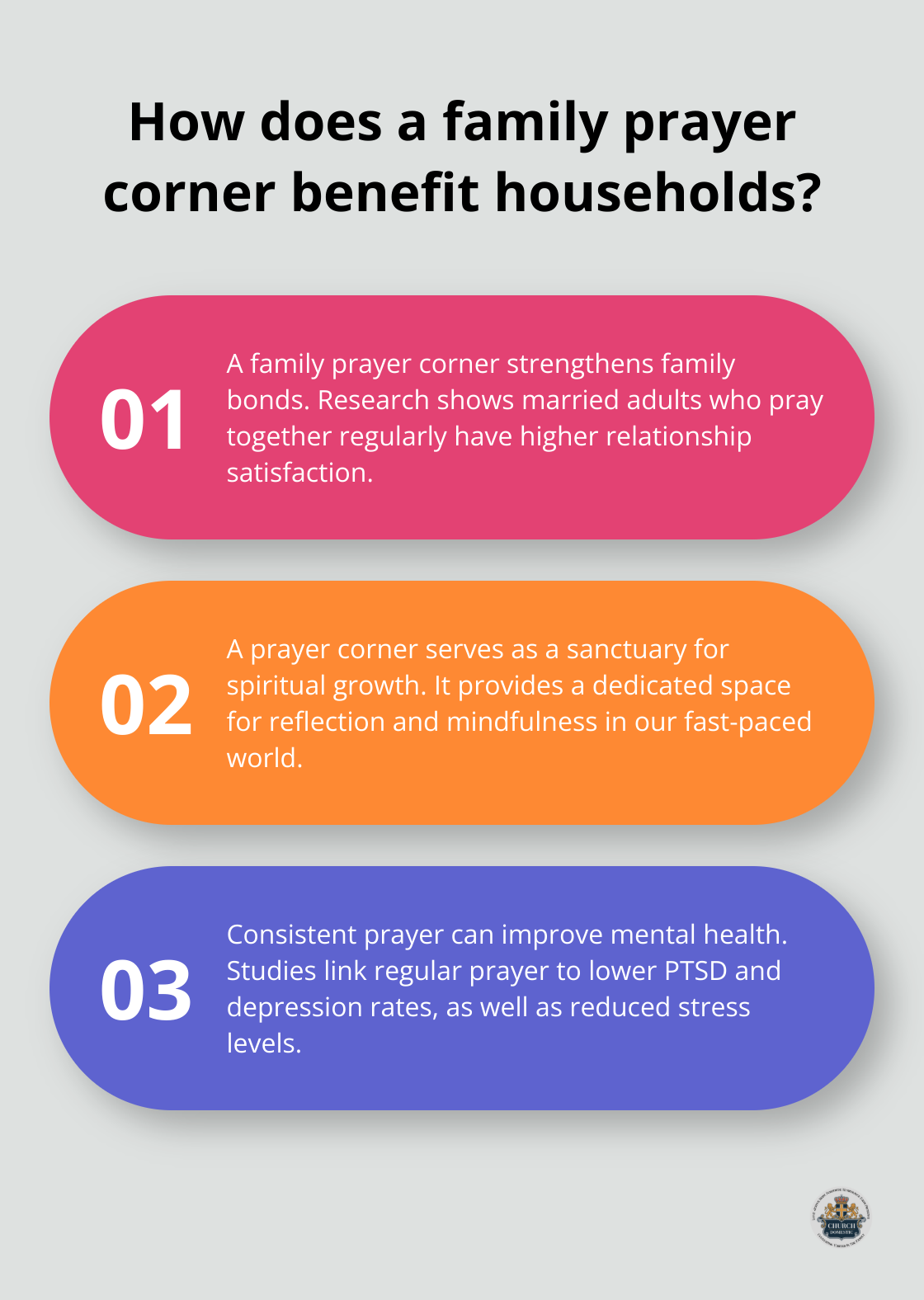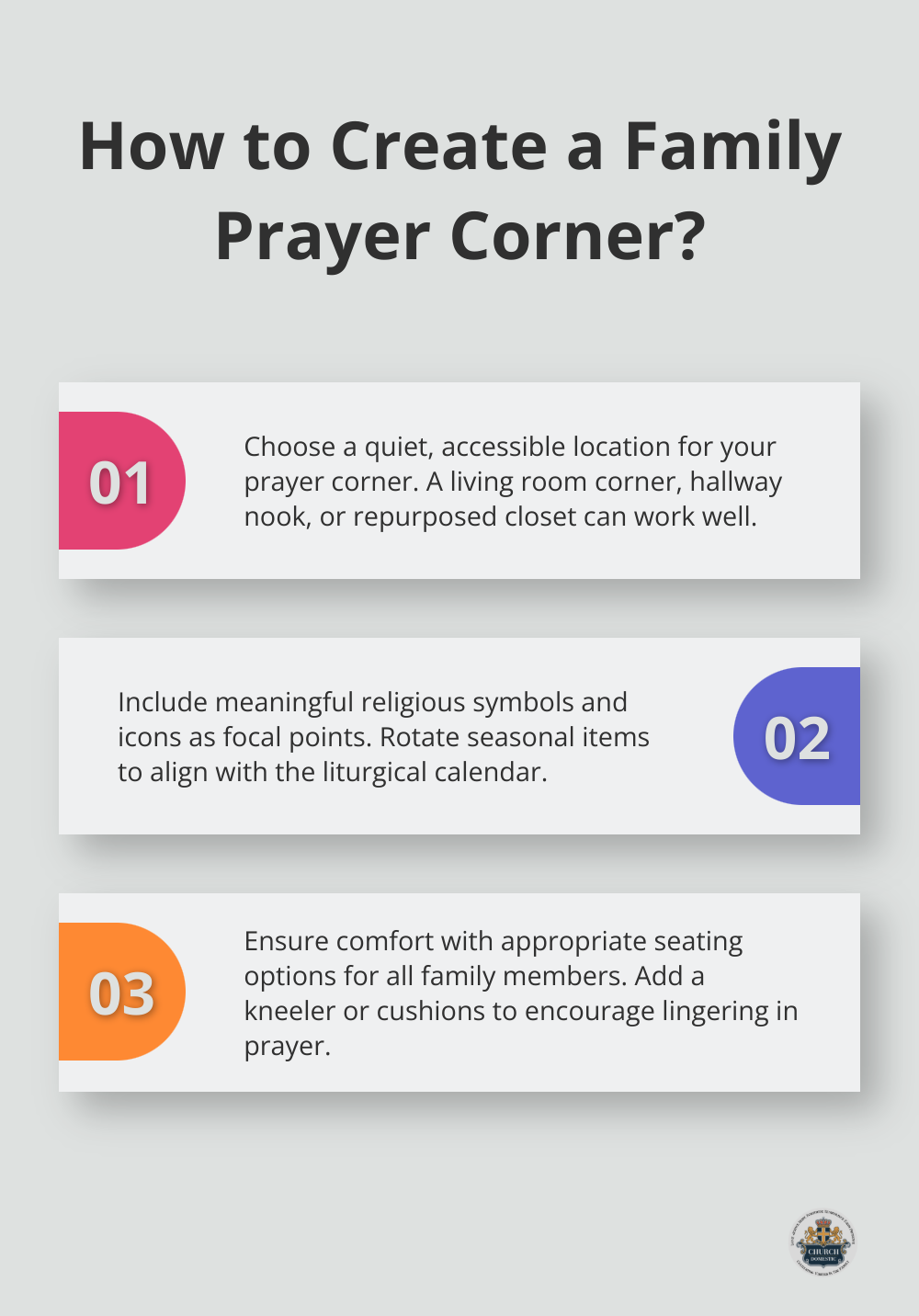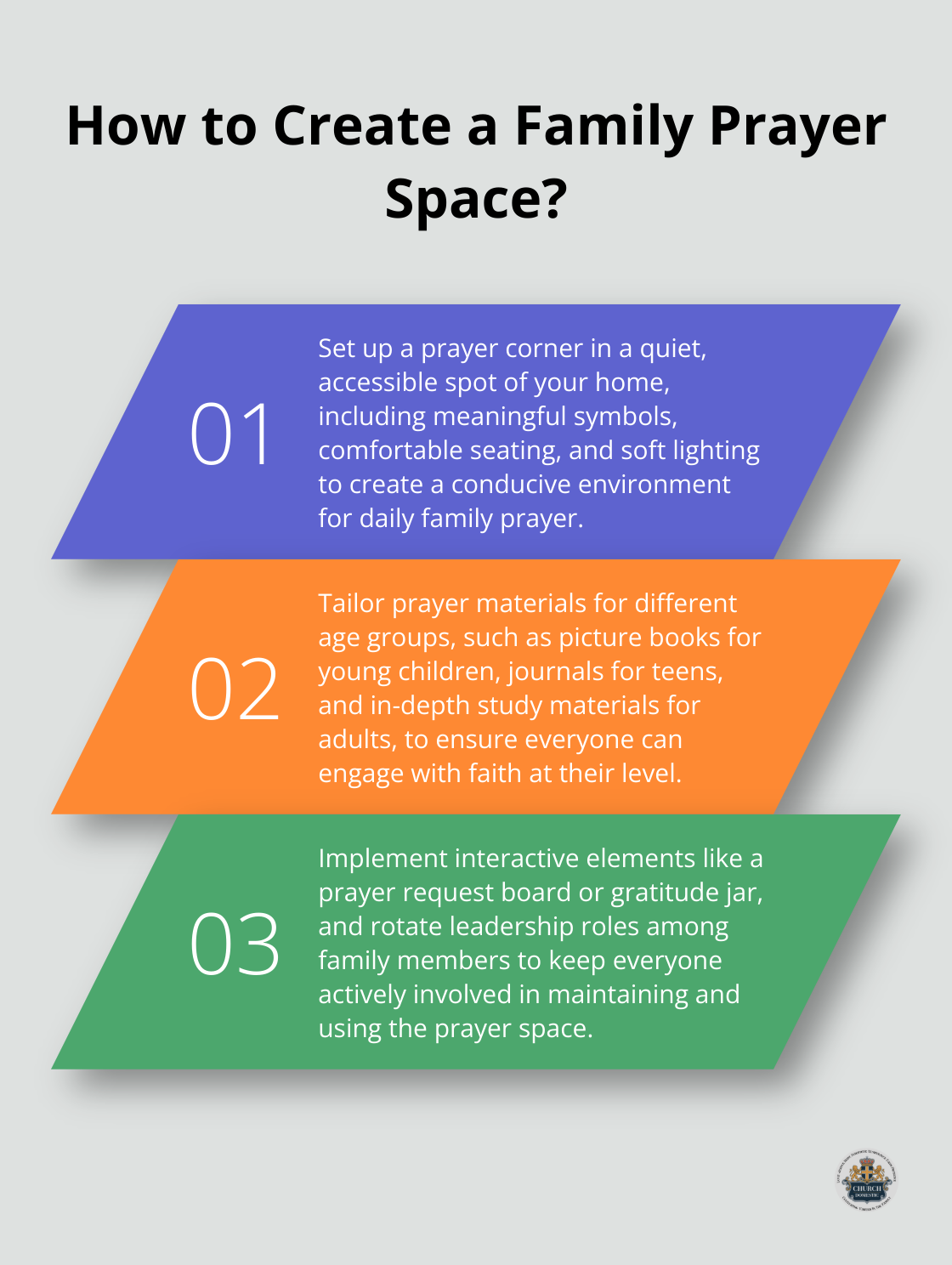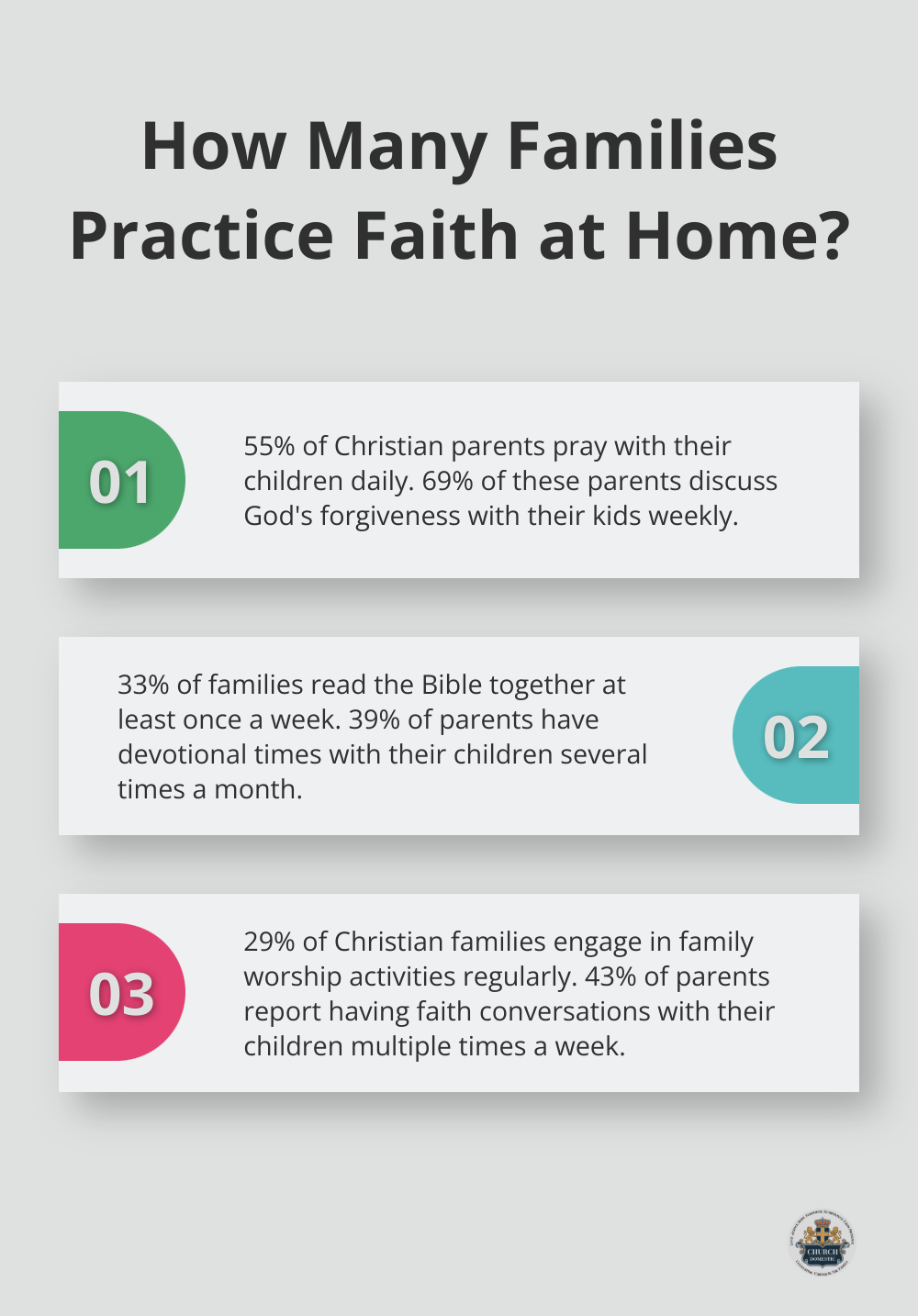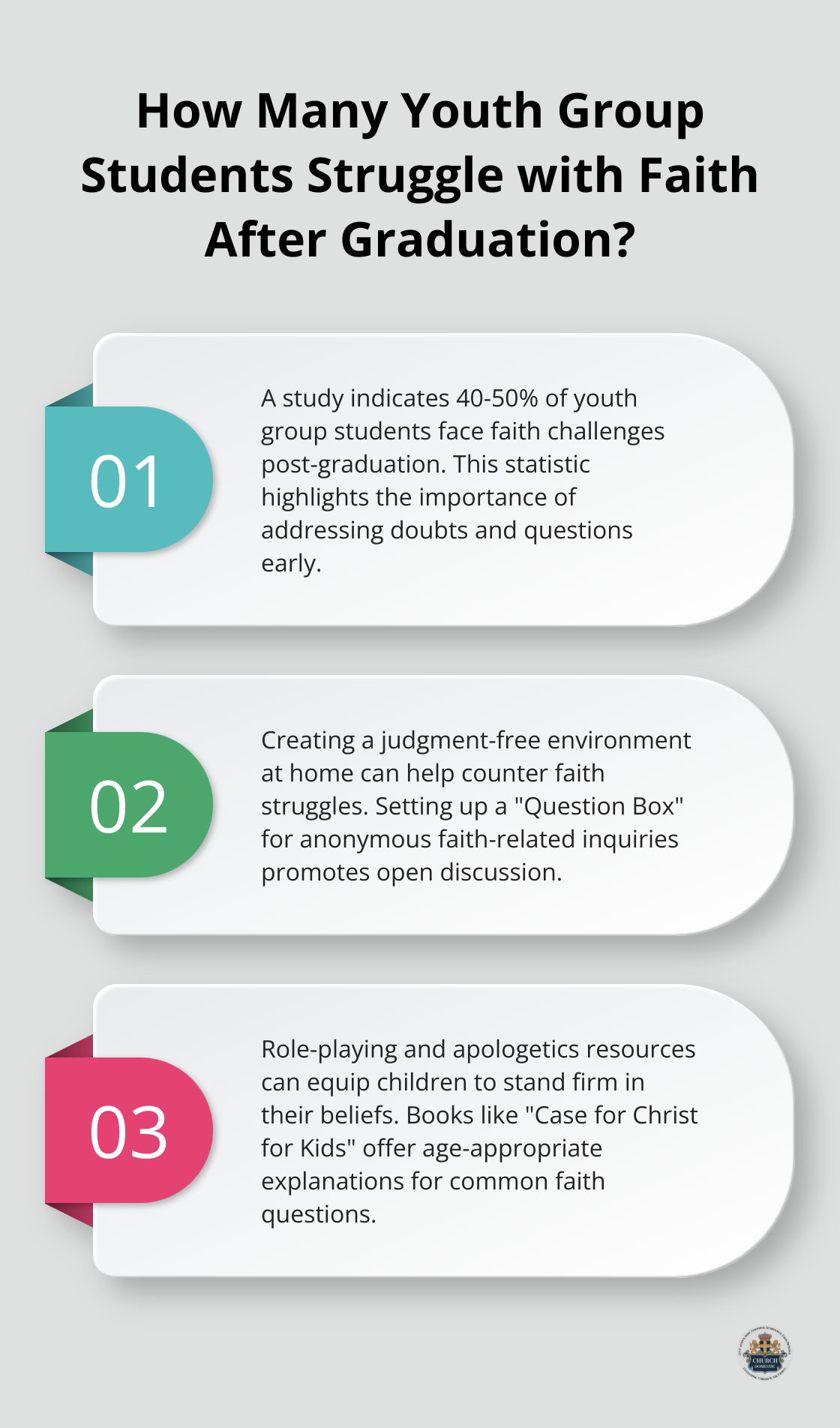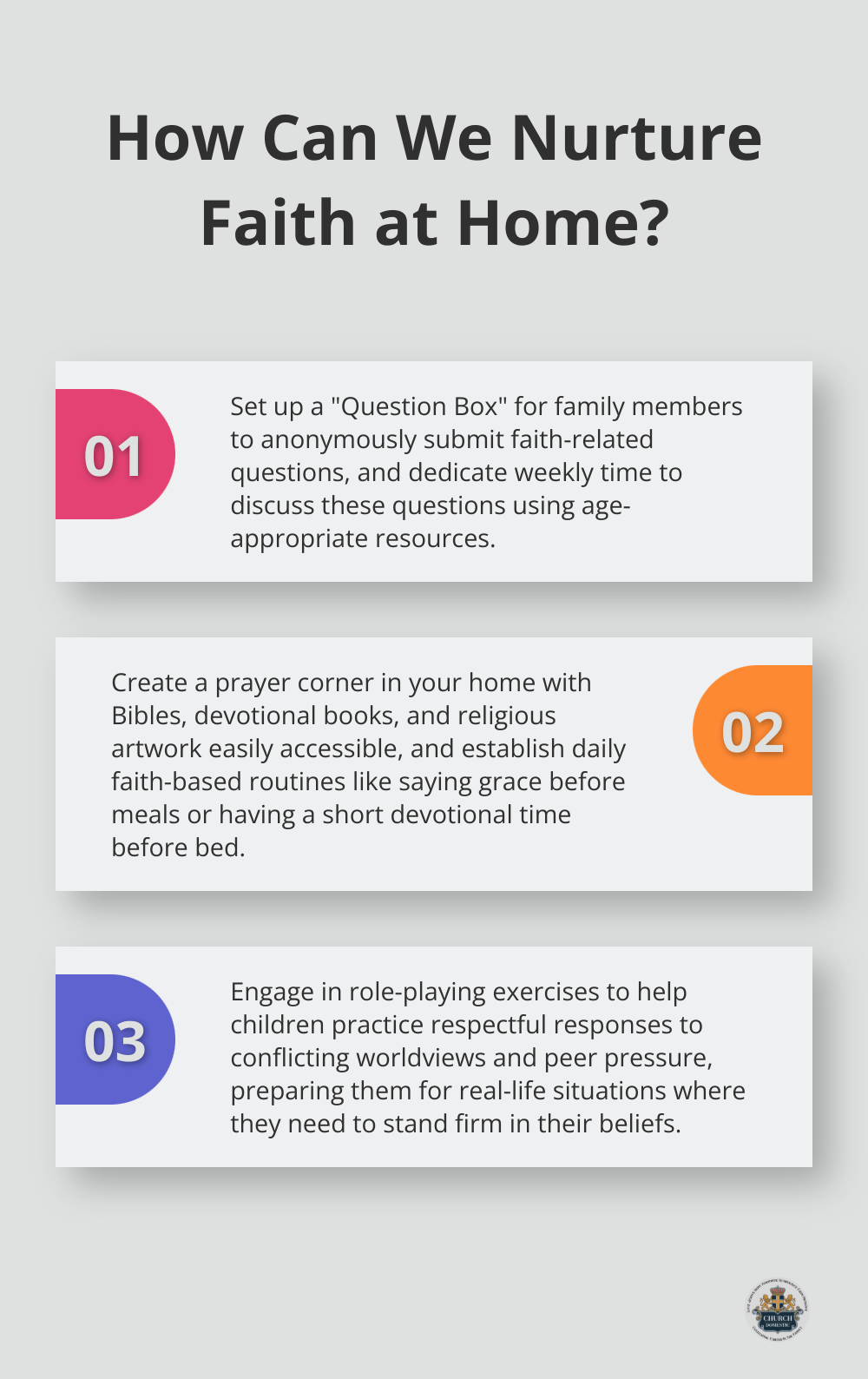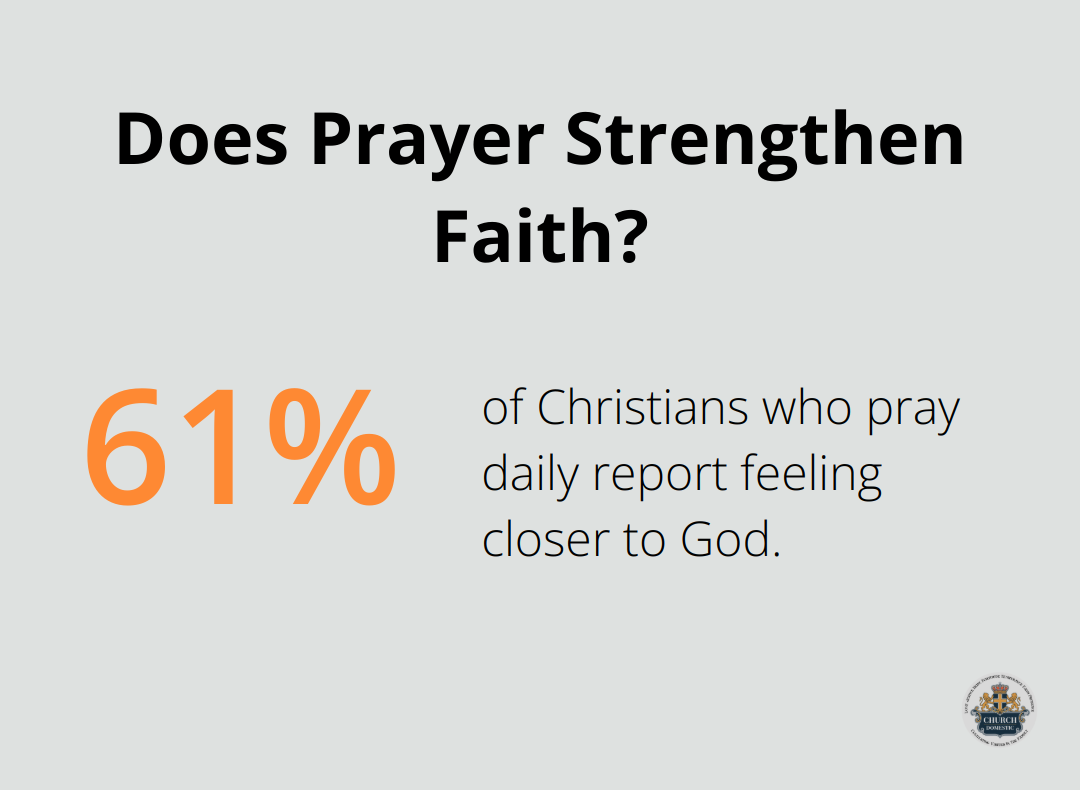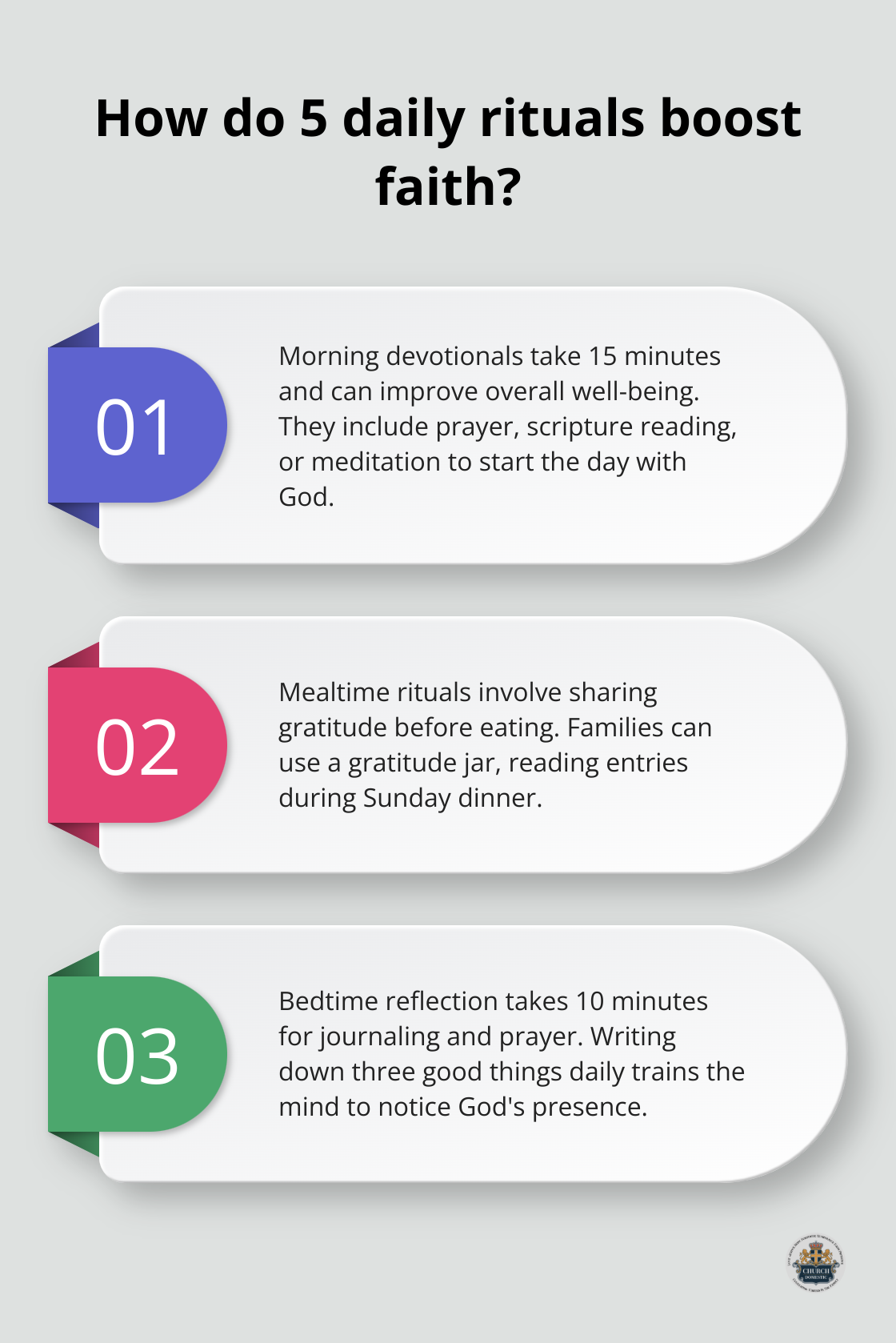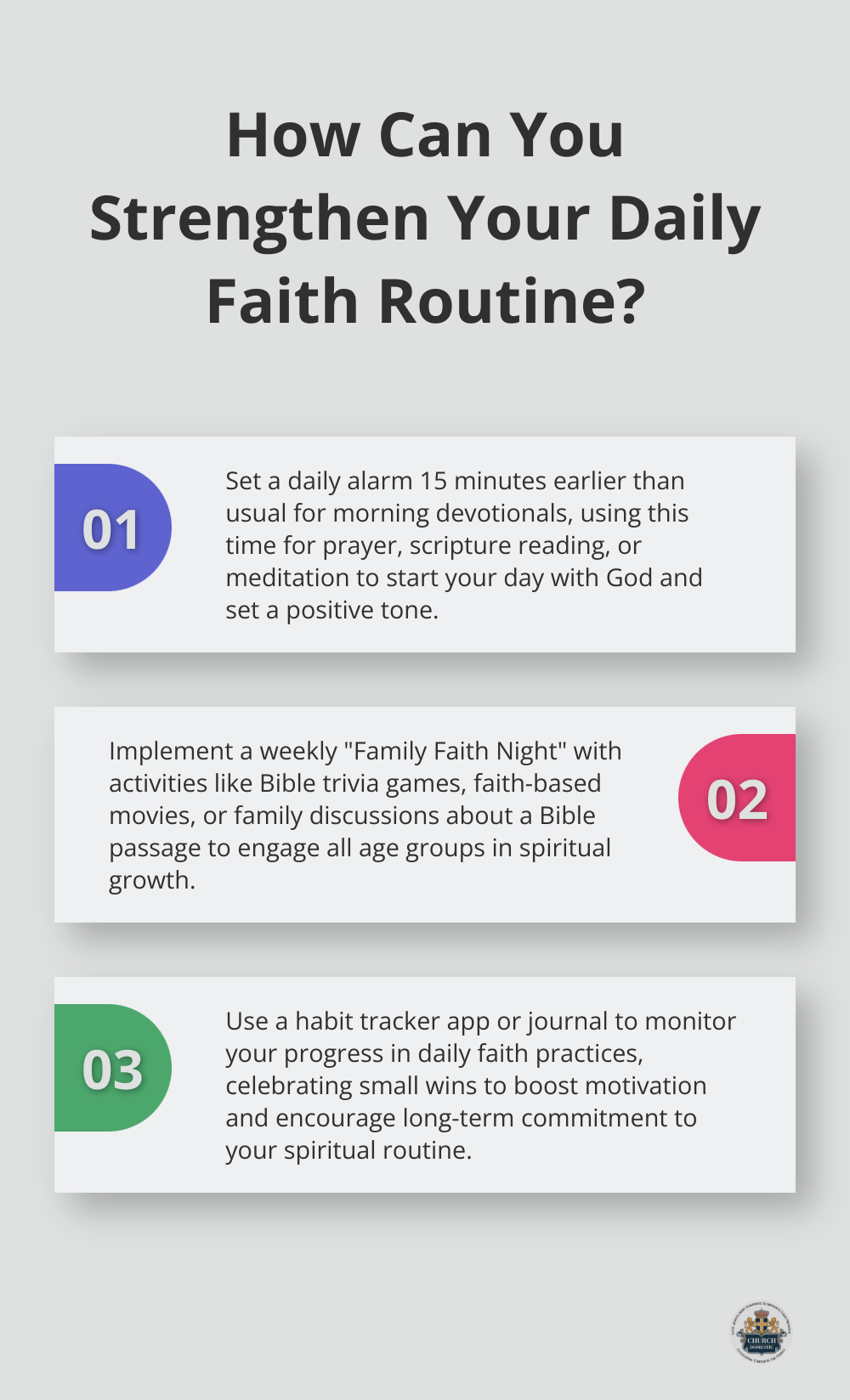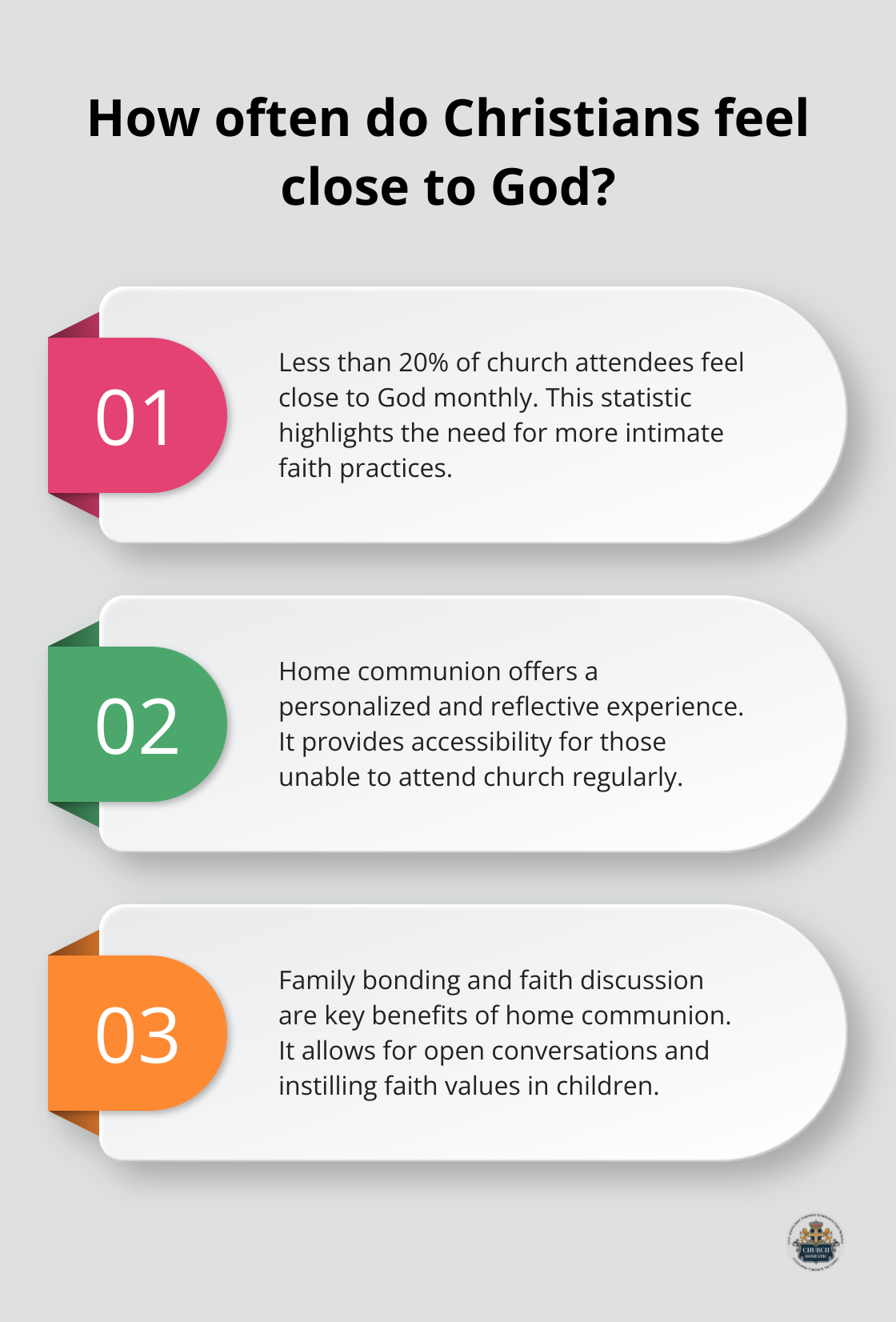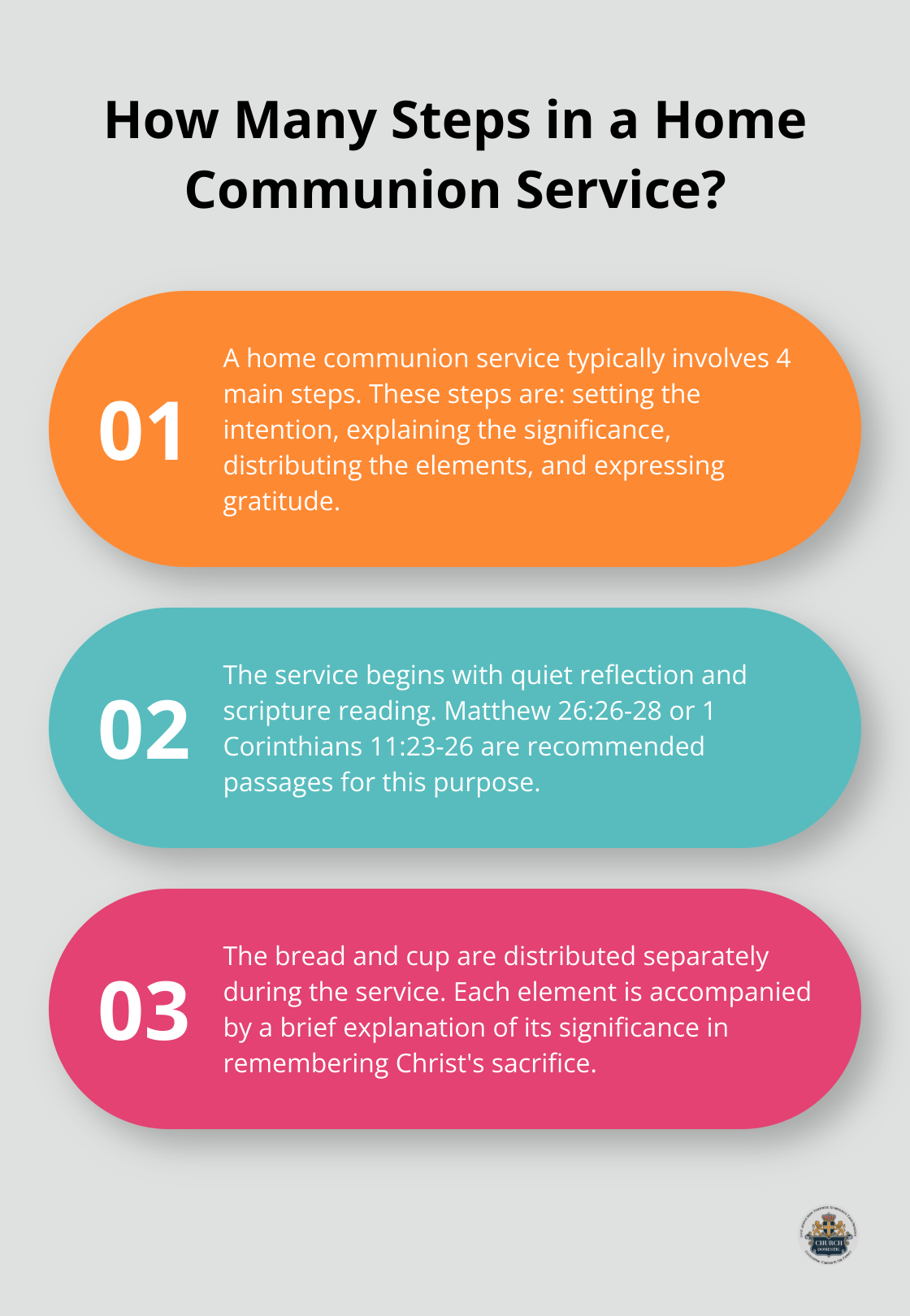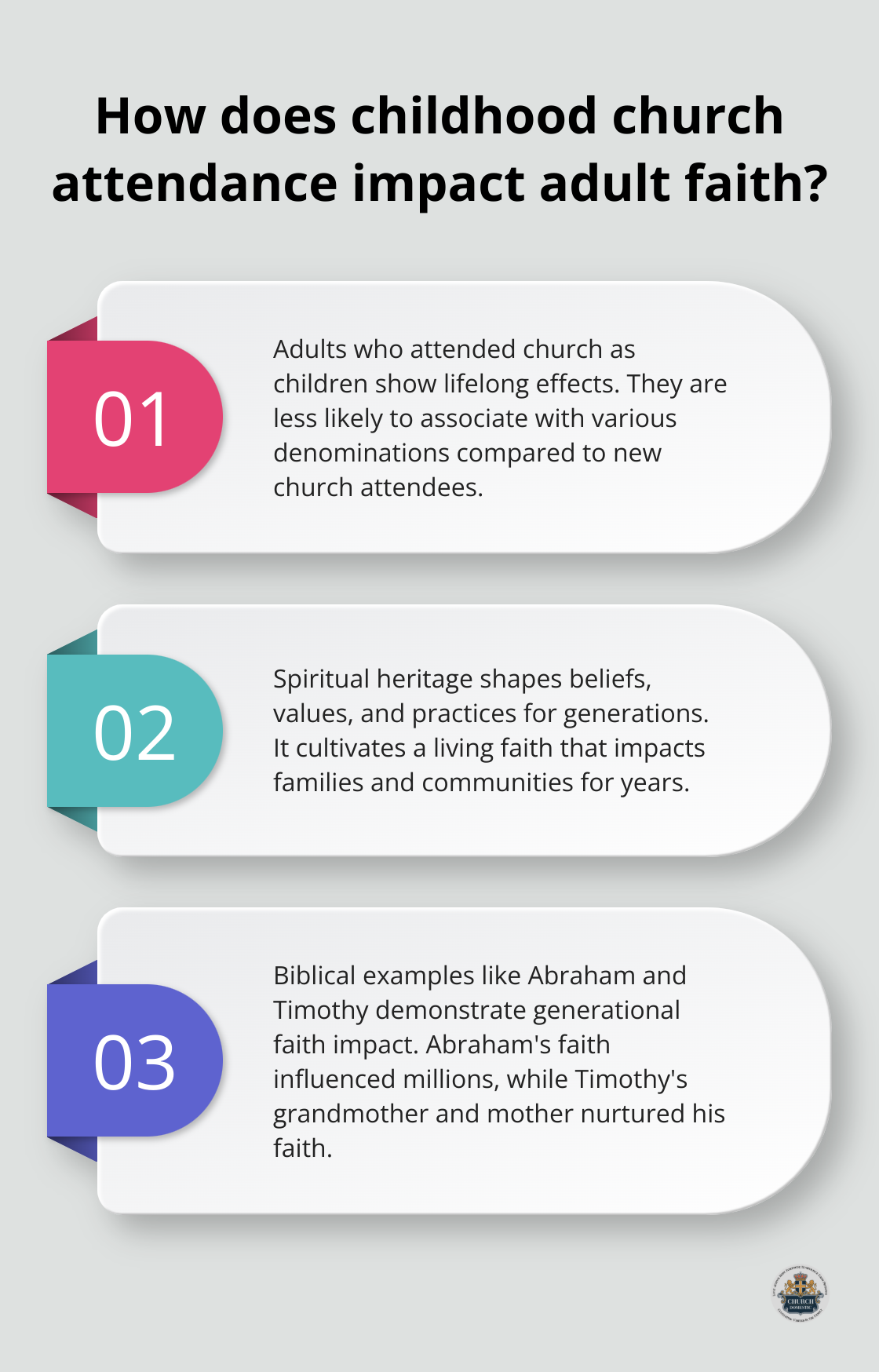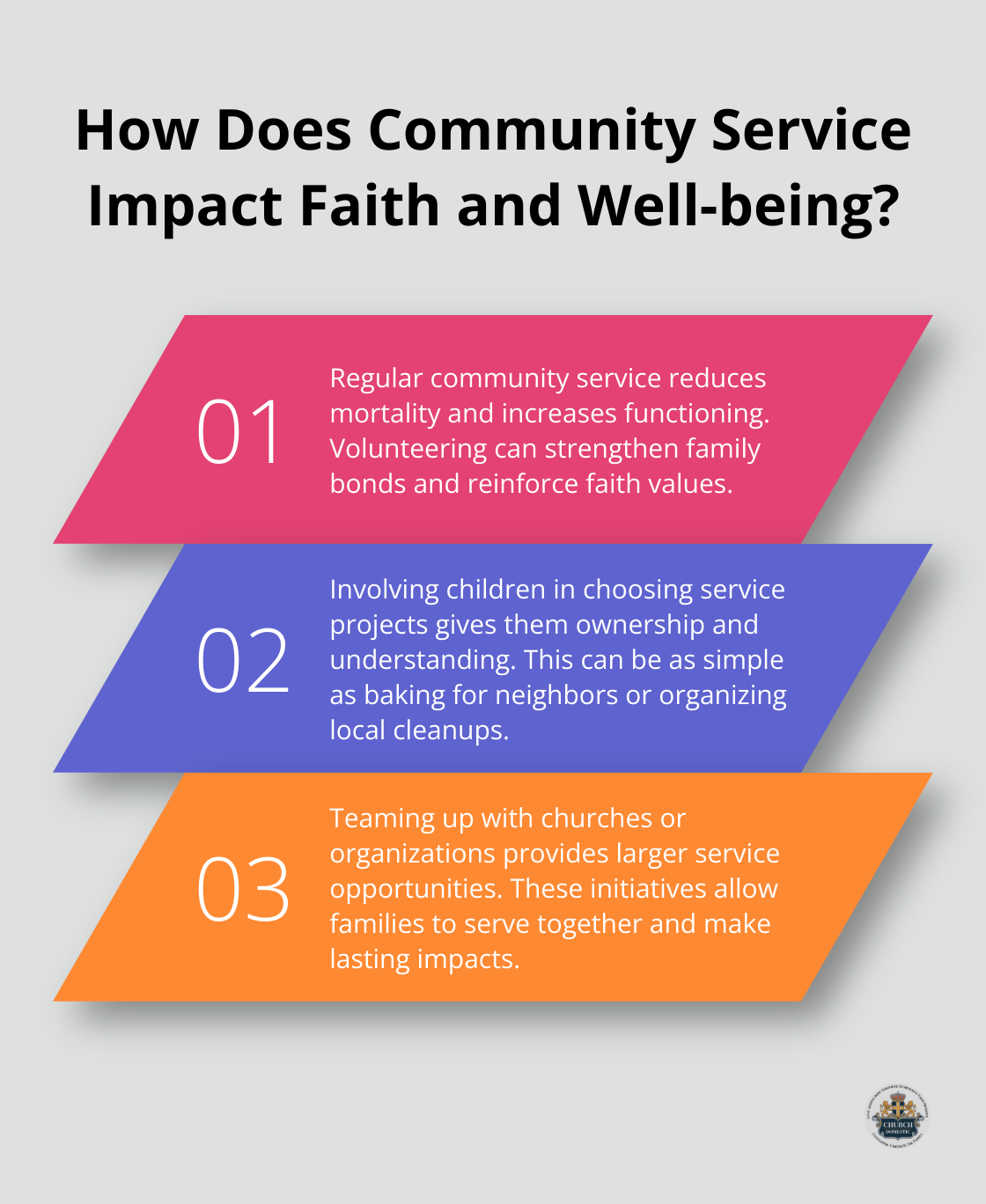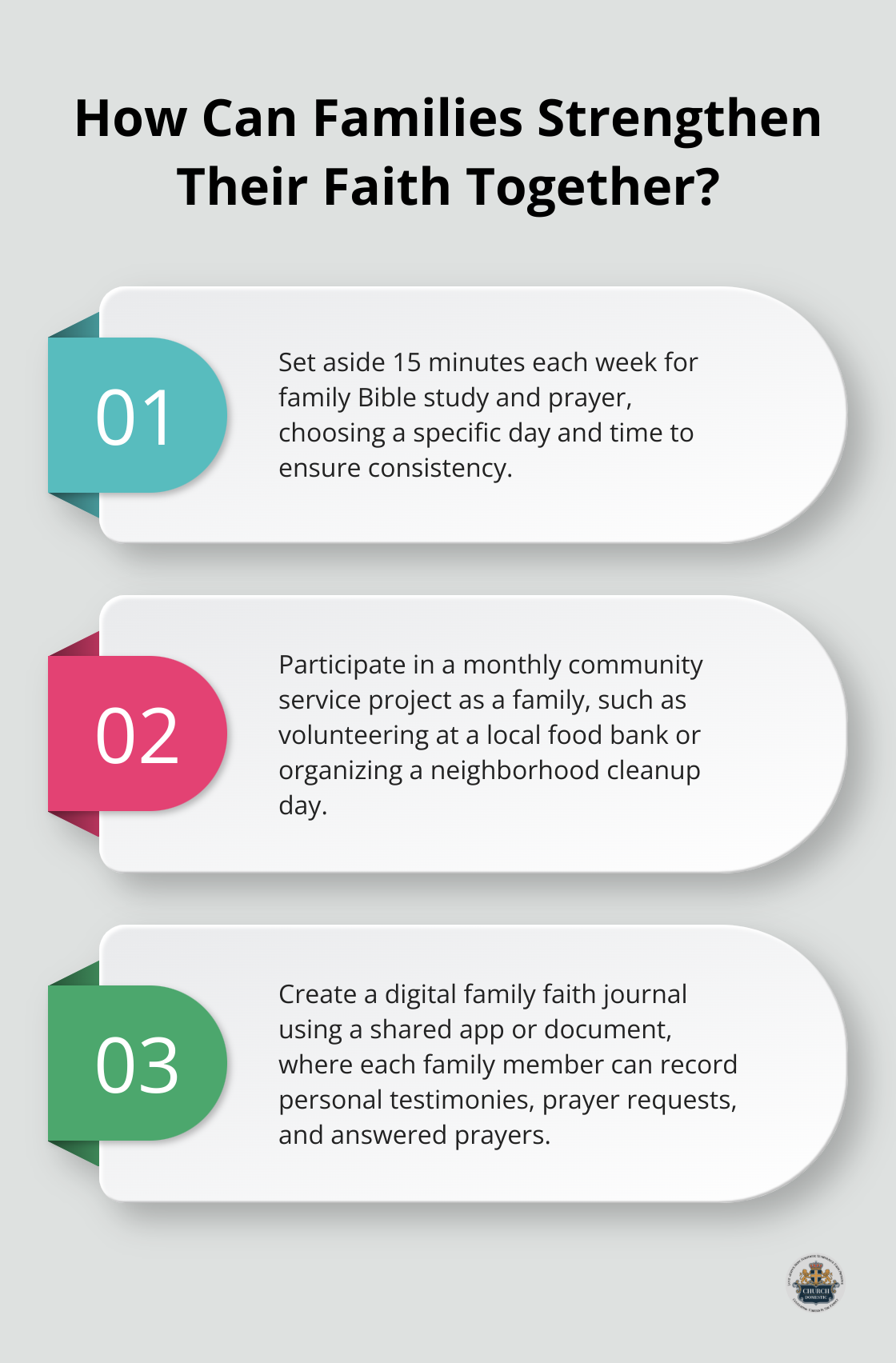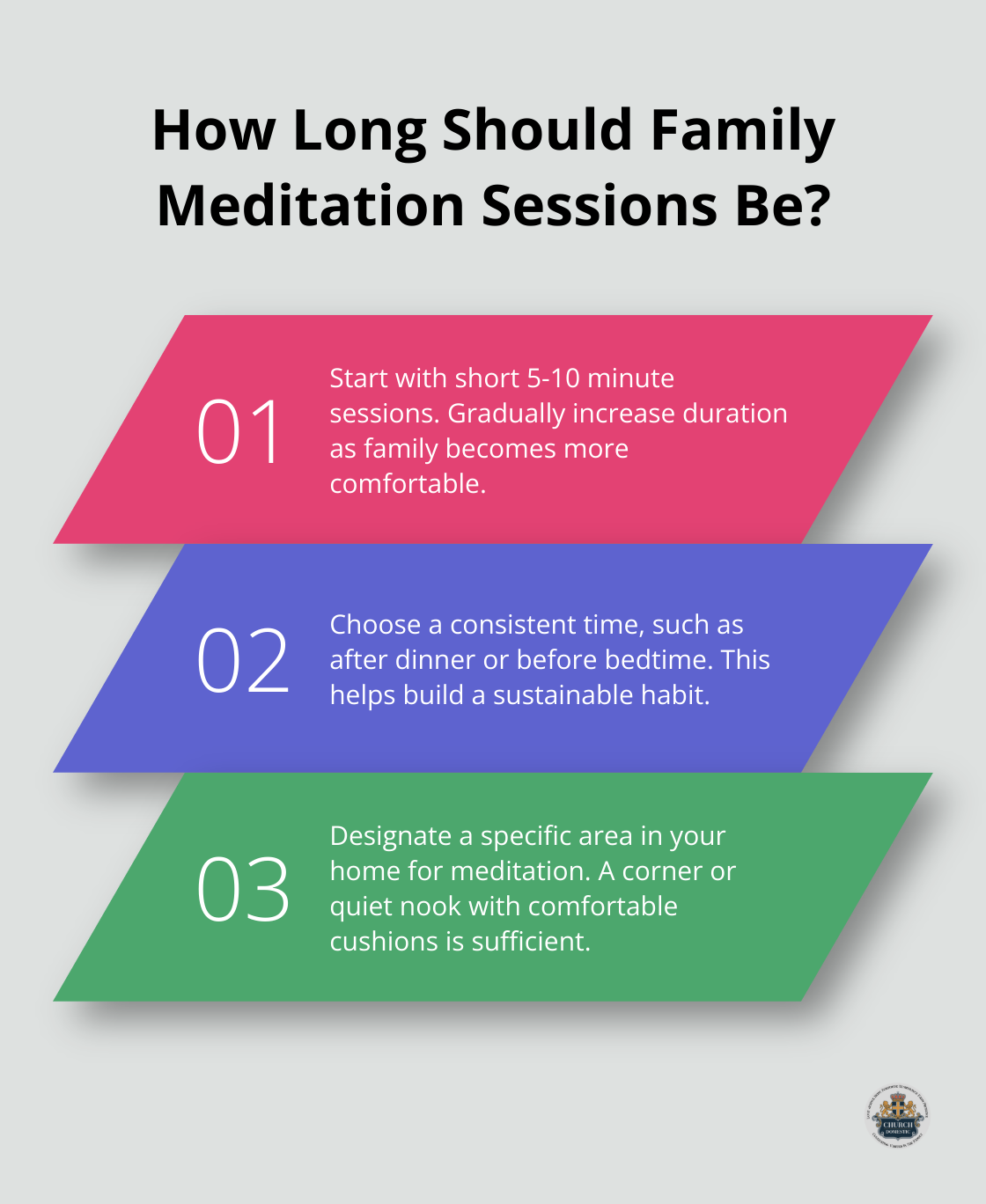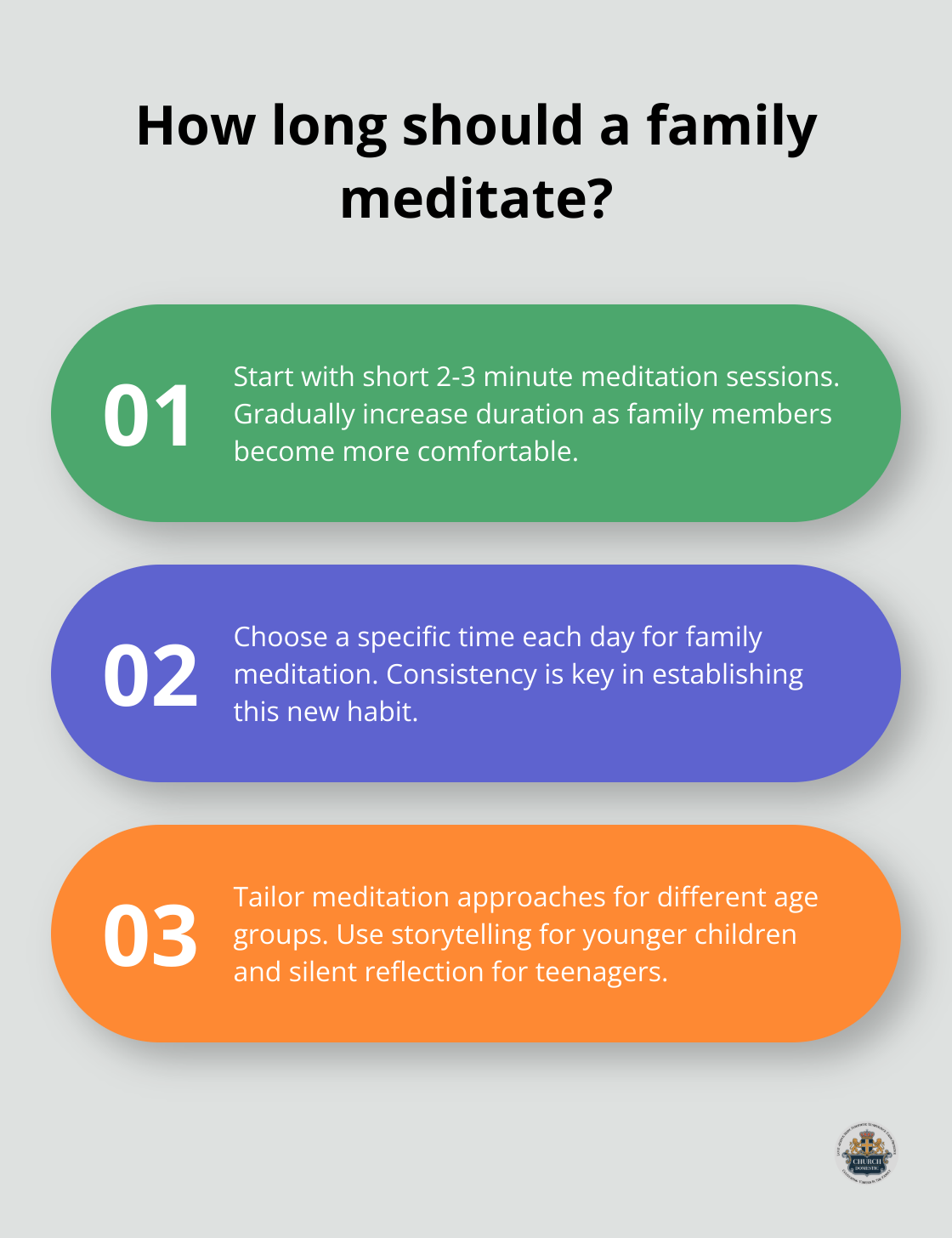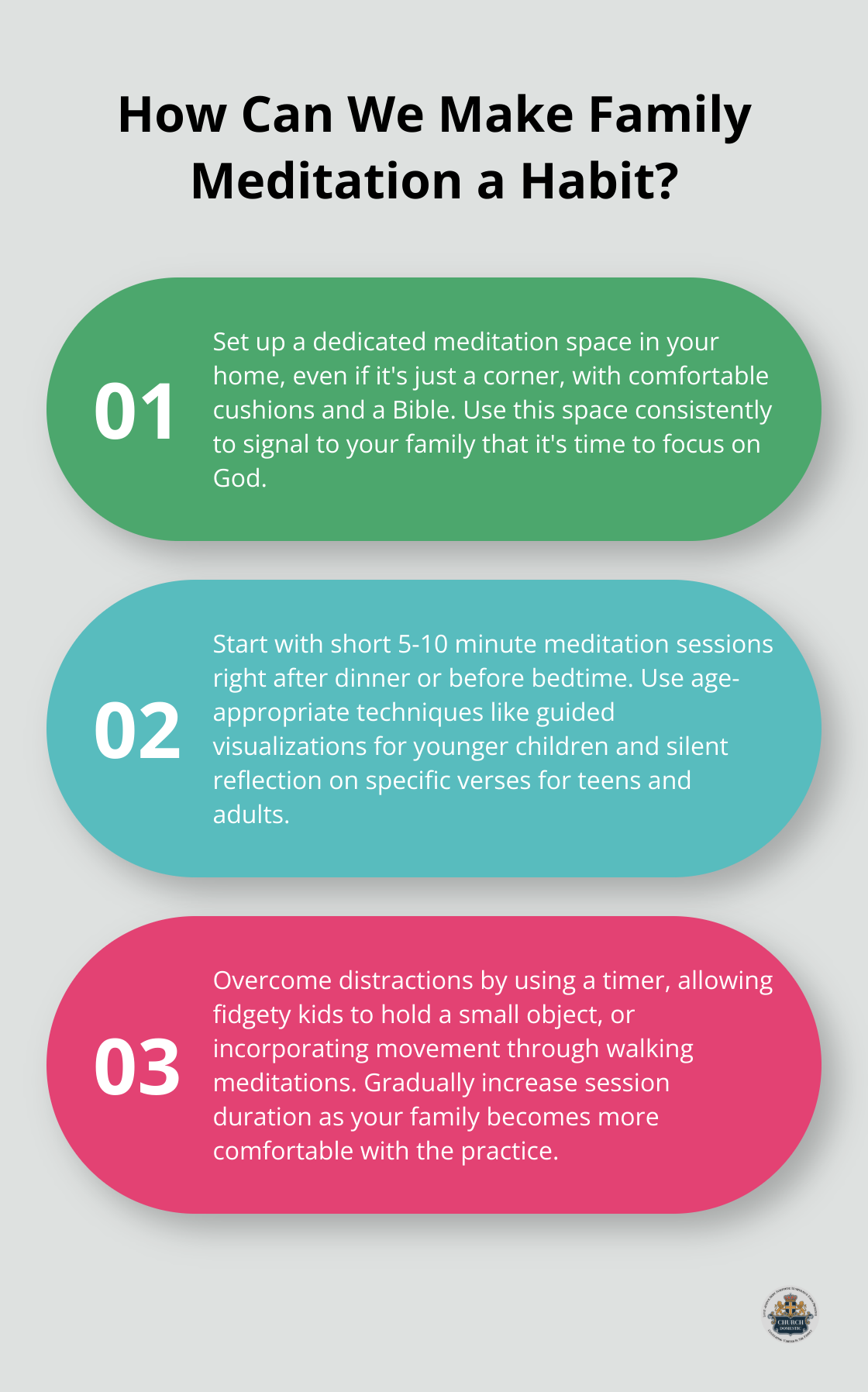Sunday mornings have long been associated with church attendance, but at Church Domestic, we recognize that sacred experiences can happen anywhere. Family worship at home offers a unique opportunity to create meaningful spiritual moments in a familiar setting.
This blog post explores how to transform your Sunday mornings at home into sacred time, fostering spiritual growth and family connection. We’ll share practical tips for creating a worship space, structuring your service, and engaging all family members in this intimate form of devotion.
How to Create a Sacred Space at Home
Creating a sacred space at home enhances your family’s spiritual life. These dedicated areas in your home can foster relaxation, reflection, and spiritual growth.
Choose Your Space Wisely
Select an area in your home that’s quiet and free from distractions. This could be a corner of your living room, a spare bedroom, or even a cozy nook under the stairs. The key is to pick a spot that feels peaceful and separate from your day-to-day activities.
Add Meaningful Elements
After you’ve chosen your space, make it special. Include items that hold spiritual significance for your family. This might be a family Bible, cherished religious artwork, or heirlooms passed down through generations.
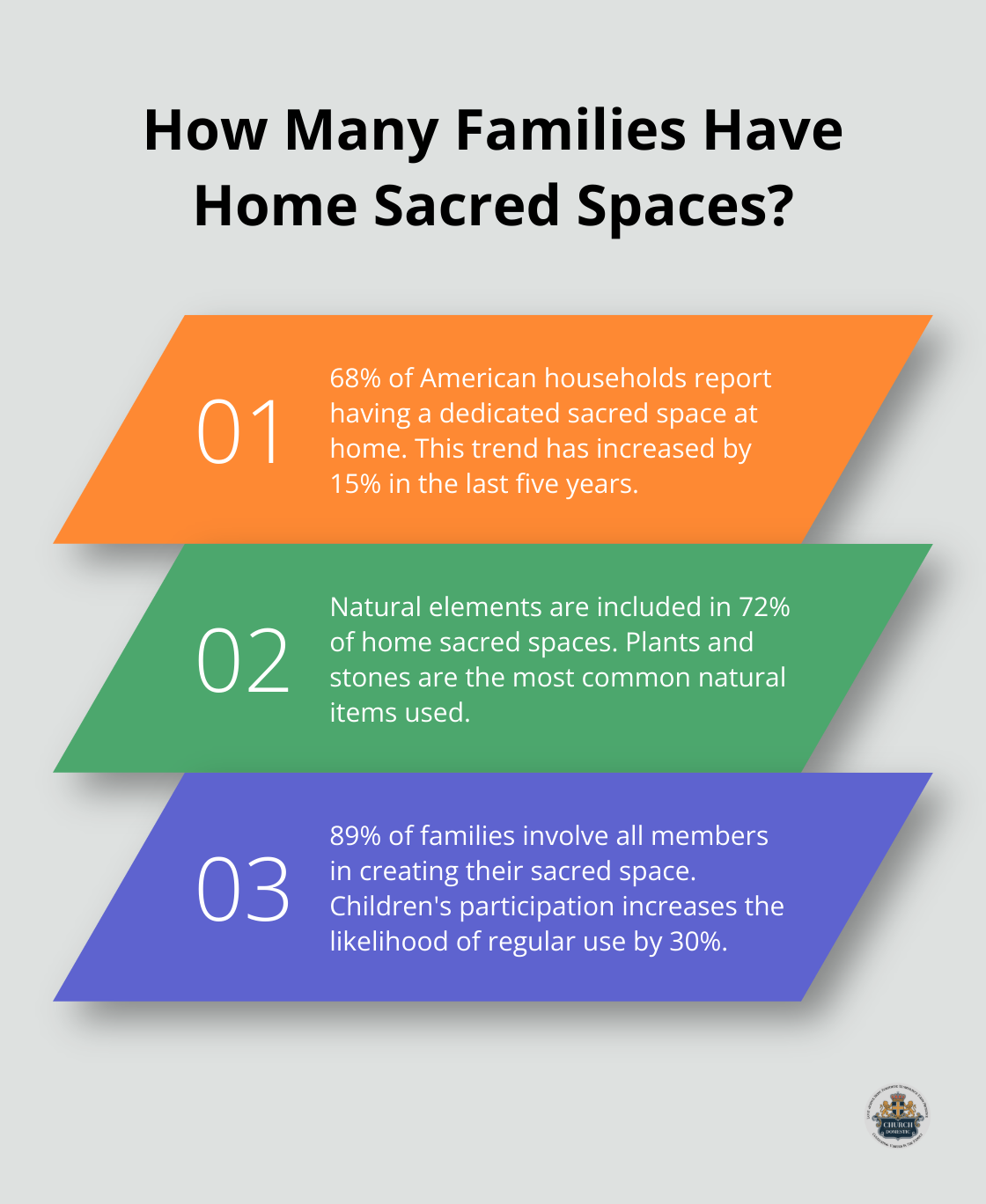
Consider incorporating natural elements like plants or stones.
Involve the Whole Family
Creating your sacred space shouldn’t be a solo endeavor. Involve every family member in the process. Let children choose a special item to add, or have teens help with the layout. This collaborative approach fosters a sense of ownership and makes the space meaningful for everyone.
Maintain Flexibility
Your home sacred space doesn’t need to be elaborate or perfect. The most important aspect is that it feels authentic and special to your family. Try to keep the space flexible, allowing for changes as your family’s needs evolve. This adaptability ensures that your sacred space remains relevant and meaningful over time.
Embrace Technology (When Appropriate)
While traditional elements are important, don’t shy away from incorporating technology when it enhances your spiritual experience. A tablet for reading digital devotionals or a speaker for playing worship music can add depth to your home worship (just be sure to use these tools mindfully).
Now that you’ve created your sacred space, it’s time to consider how to structure your home Sunday service. The next section will guide you through developing a simple yet meaningful liturgy for your family worship time.
How to Create a Meaningful Home Sunday Service
Creating a meaningful Sunday service at home is straightforward. With a few simple steps, you can structure a worship experience that engages your family and deepens your faith.
Design a Simple Order of Service
Outline a basic structure for your home service. A typical order might include:
- Opening prayer (2-3 minutes)
- Worship music (10-15 minutes)
- Scripture reading (5 minutes)
- Family discussion or short message (10-15 minutes)
- Prayer requests and closing prayer (5-10 minutes)
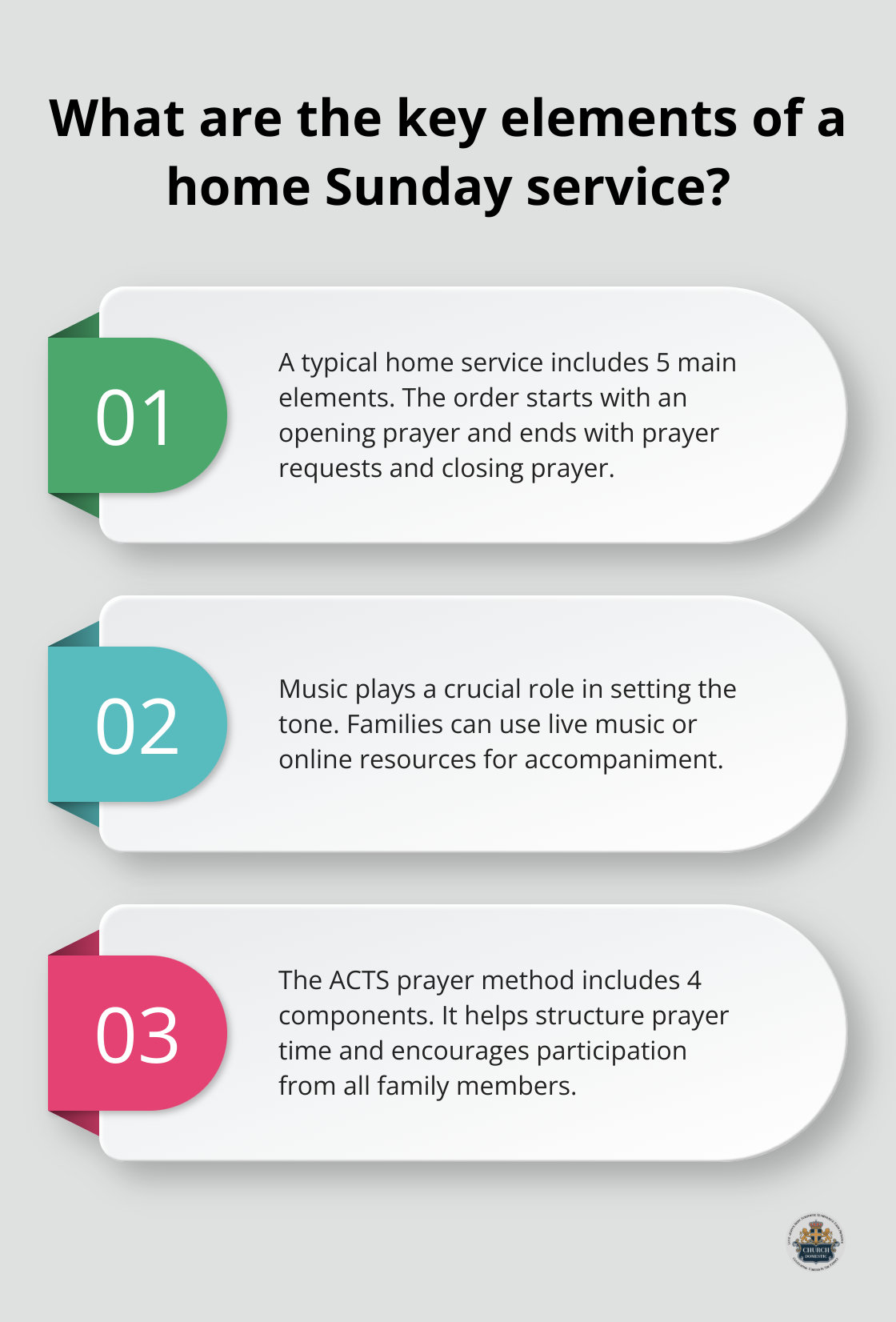
This framework provides a familiar rhythm while allowing flexibility. Adjust the timing and elements to suit your family’s needs and attention spans.
Add Music and Prayer
Music sets the tone of your home service. Select familiar hymns or contemporary worship songs that resonate with your family. If you have musicians in the family, encourage them to lead. Otherwise, use online resources or apps (like Spotify or YouTube) for accompaniment.
For prayer, try the ACTS method:
- Adoration: Praise God for who He is
- Confession: Acknowledge sins and ask for forgiveness
- Thanksgiving: Express gratitude for blessings
- Supplication: Present requests to God
Ask each family member to contribute to different parts of the prayer.
Modify Traditional Elements for Home Use
You can incorporate many traditional church elements into your home service. For communion, use bread or crackers and grape juice. For offerings, set up a family giving jar or discuss ways to serve your community.
Make scripture central to your home service by taking turns reading passages aloud or using a Bible app with audio features.
Keep It Simple and Authentic
The goal is not to replicate a full church service but to create a meaningful time of worship that works for your family. Focus on simplicity and authenticity. Tailor your service to your family’s unique needs and interests.
Embrace Technology (When Appropriate)
While traditional elements are important, don’t hesitate to incorporate technology when it enhances your spiritual experience. A tablet for reading digital devotionals or a speaker for playing worship music can add depth to your home worship (just be sure to use these tools mindfully).
Now that you’ve learned how to structure your home Sunday service, let’s explore ways to engage the whole family in this meaningful worship experience.
How to Make Home Worship Fun for All Ages
Involve Kids in Leadership
One effective way to engage children is to give them leadership roles. Let them choose songs, read scripture passages, or lead a short prayer. This not only keeps them interested but also helps them develop confidence in their faith. For younger children, consider using props or visual aids to help them understand and remember biblical stories.
Use Interactive Elements
Incorporate hands-on activities to keep everyone engaged. Create a family prayer jar where each member writes down prayer requests throughout the week. During your Sunday service, take turns drawing and praying over these requests. Another idea is to use art projects to illustrate Bible stories or concepts.
Adapt to Different Attention Spans
Different family members have varying attention spans. Keep segments short and varied to maintain interest. Try 5-10 minute activities for younger children. Teenagers might engage better with longer discussions or video content.
Incorporate Movement and Games
Don’t hesitate to get active during your home worship. Simple games like Bible charades or scavenger hunts based on scripture can make learning fun and memorable. For older kids and adults, consider using apps for interactive Bible studies or quizzes.
Balance Structure and Flexibility
The key to success lies in balancing structure with flexibility and tailoring activities to different age groups. Use the Intergenerational Worship Survey to identify strengths and weaknesses in the way your congregation involves children and youth in worship services. Create a positive association with worship and faith by making your home service engaging and age-appropriate. Be willing to adjust your approach based on what works best for your family.
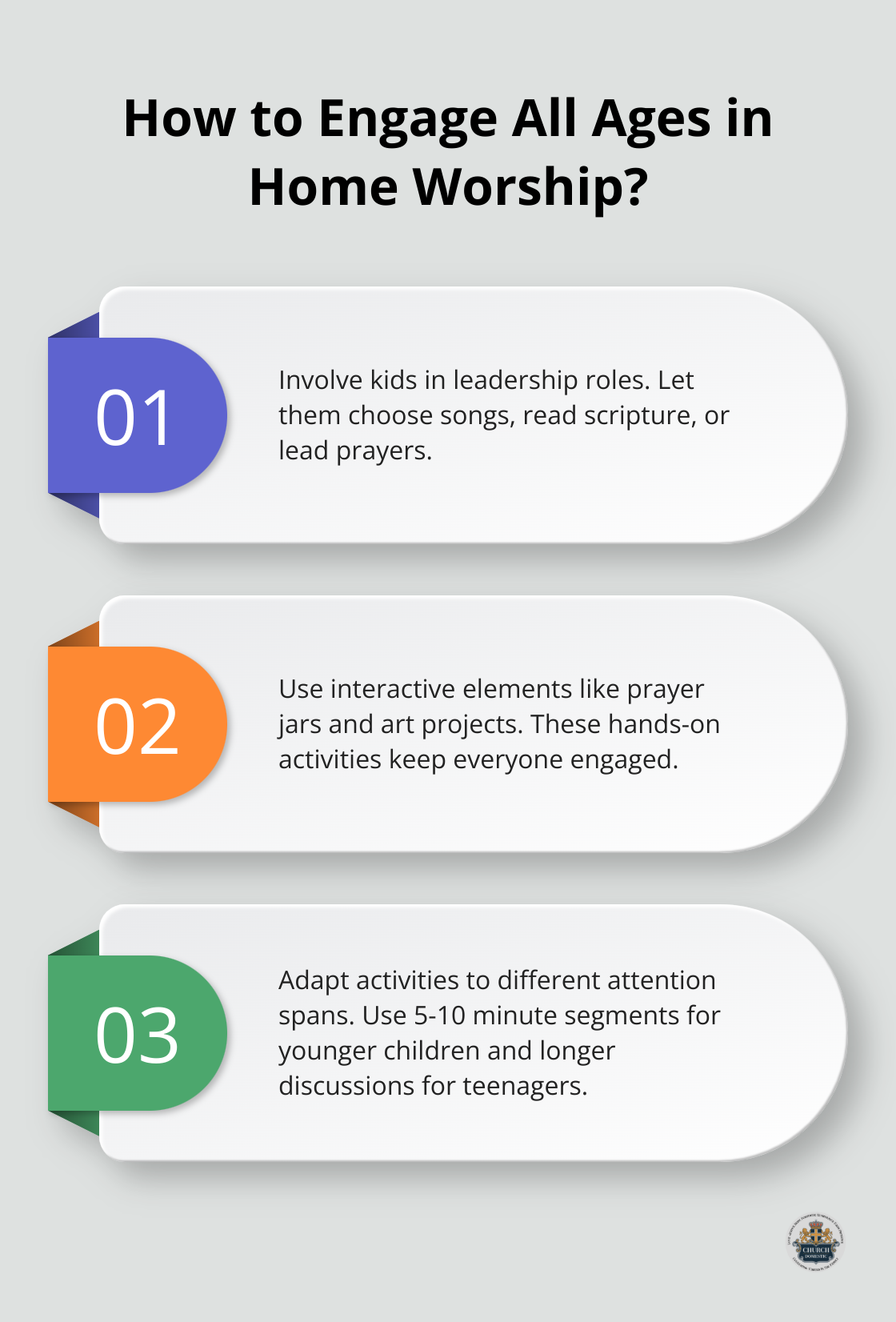
Final Thoughts
Family worship at home creates a unique opportunity to deepen your spiritual life and strengthen family bonds. The intimacy of home worship allows for a personalized approach to faith that complements traditional church attendance. It provides a safe space for family members to express their beliefs, ask questions, and explore their spirituality together.
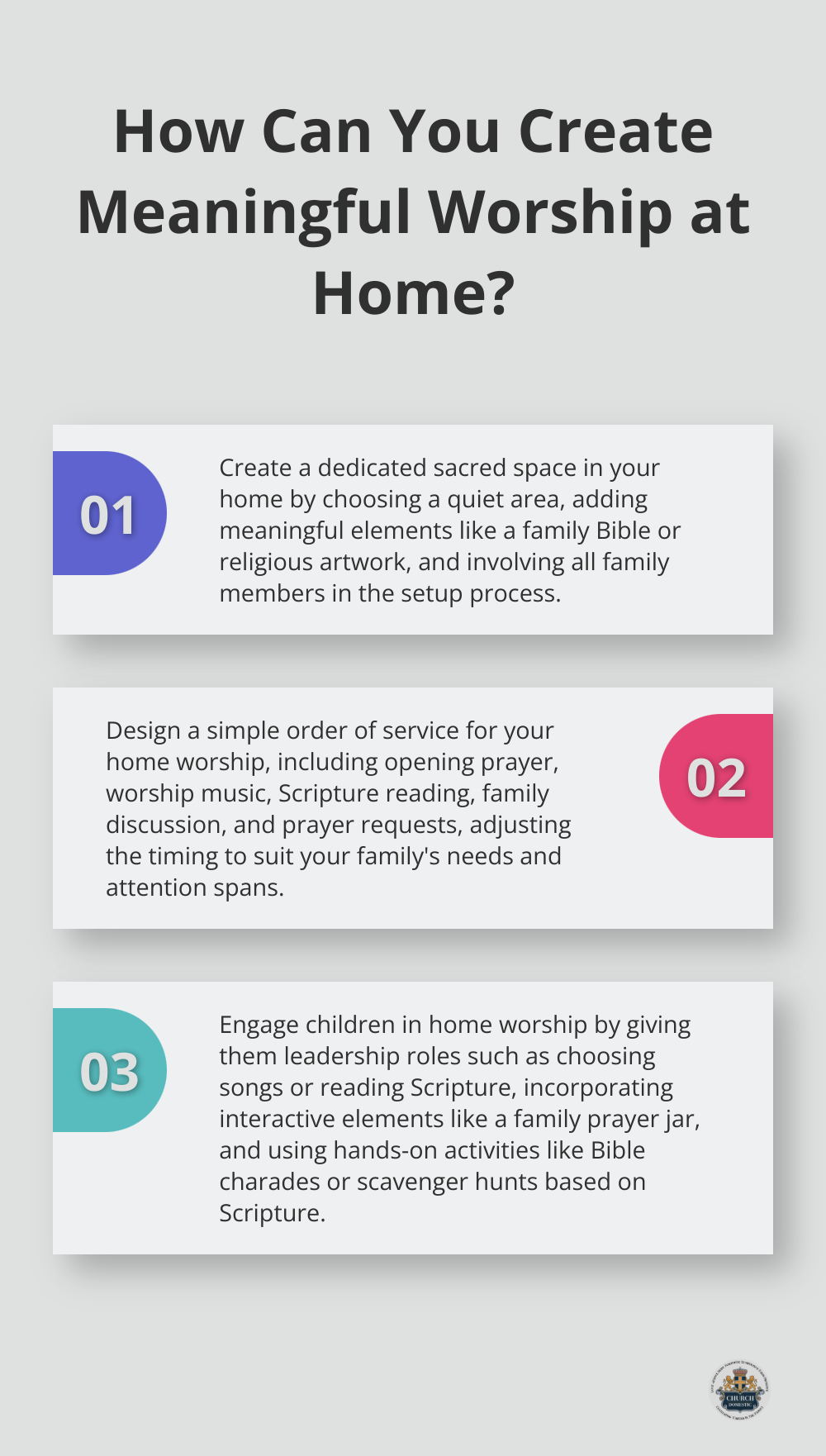
Maintaining connections with your broader faith community remains important. You can participate in online services, join virtual small groups, or engage in community outreach projects. These connections provide support, accountability, and opportunities for shared experiences beyond your immediate family circle.
We at Church Domestic believe that nurturing your faith at home strengthens your family and deepens your spiritual life. Family worship (on Sunday mornings or any other time) creates a foundation for lasting faith and family unity. Try to integrate faith discussions into everyday life, whether during meal times, car rides, or before bedtime.
